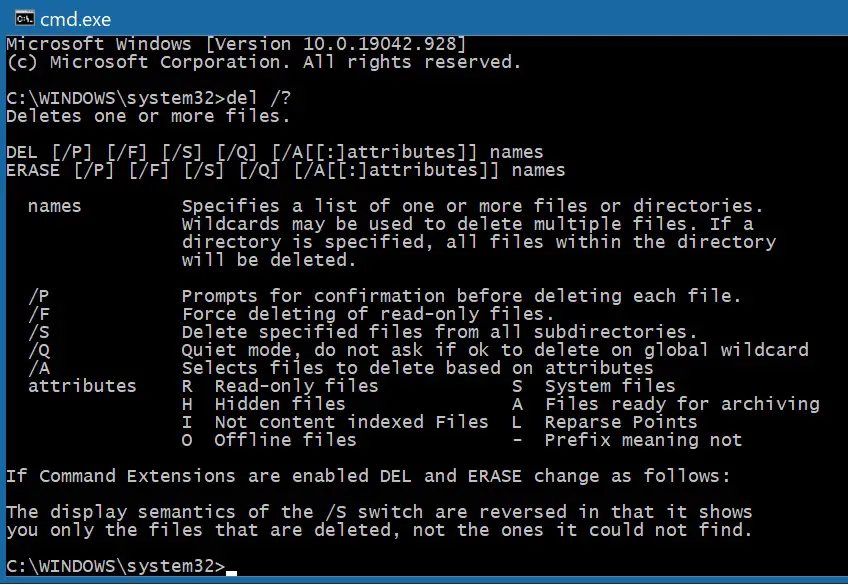
# catch the Error from the recursive copytree so that we can XXX Consider this example code rather than the ultimate tool. It is false, the contents of the files pointed to by symbolic Source tree result in symbolic links in the destination tree if If the optional symlinks flag is true, symbolic links in the If exception(s) occur, an Error is raised with a list of reasons. The destination directory must not already exist. """Recursively copy a directory tree using copy2(). I think it would be simpler to use os.listdir(). Note that the filename is available as the filename attribute of the exception object. It can report the error to continue with the walk, or raise the exception to abort the walk. If optional argument onerror is specified, it should be a function it will be called with one argument, an OSError instance. Modifying dirnames when topdown is false is ineffective, because in bottom-up mode the directories in dirnames are generated before dirpath itself is generated.īy default errors from the os.listdir() call are ignored. When topdown is true, the caller can modify the dirnames list in-place (perhaps using del or slice assignment), and walk() will only recurse into the subdirectories whose names remain in dirnames this can be used to prune the search, impose a specific order of visiting, or even to inform walk() about directories the caller creates or renames before it resumes walk() again. If topdown is false, the triple for a directory is generated after the triples for all of its subdirectories (directories are generated bottom up). If optional argument topdown is true or not specified, the triple for a directory is generated before the triples for any of its subdirectories (directories are generated top down).
PYTHON LIST DIRECTORY CONTENTS RECURSIVELY FULL
To get a full path (which begins with top) to a file or directory in dirpath, do os.path.join(dirpath, name). Note that the names in the lists contain no path components. filenames is a list of the names of the non-directory files in dirpath. dirnames is a list of the names of the subdirectories in dirpath (excluding '.' and '.'). For each directory in the tree rooted at directory top (including top itself), it yields a 3-tuple (dirpath, dirnames, filenames).ĭirpath is a string, the path to the directory. Walk() generates the file names in a directory tree, by walking the tree either top down or bottom up. Any and all input would be greatly appreciated! I would be extremely grateful if someone could lend another set of eyes to myĬode and see where I'm going wrong at, and why it goes to level 3 so to speak It is gettintg stuck on that directory and not one of the directories before it. I have checked theįile permissions of the directory that it gets stuck on, and I have no idea why It goes down to level 3 of the directory tree, but at one point I get theĮrror 2, the no such file or directory message.


If (stat.S_ISDIR(statresult.st_mode) != 0):ĭlist.append(direntries) #dlist is built here.ĭirrecur(dlist) #recur again with full list of subdirectories. Output C:\pythonexamples\python-create-directory.pngĬ:\pythonexamples\scatter-plot-example.If(len(currsub) = 0): #if len = 0, no subdirectories were found.ĭirentries = dircache.opendir('.') #open this directory We have used nested Python For Loop in the above program. #we shall store all the file names in this list In this example, we will take a path of a directory and try to list all the files in the directory and its sub-directories recursively.

PYTHON LIST DIRECTORY CONTENTS RECURSIVELY HOW TO
In this tutorial, we shall go through some of the examples, that demonstrate how to get the list of all files in a directory and its sub-directories. The os.walk() function yields an iterator over the current directory, its sub-folders, and files. To get the list of all files in a folder/directory and its sub-folders/sub-directories, we will use os.walk() function. Python – Get List of all Files in a Directory and Sub-directories

Example 2: Get the list of all files with a specific extension.


 0 kommentar(er)
0 kommentar(er)
